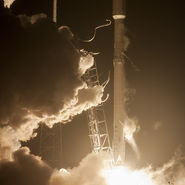
A few more articles on the wide open frontier of space:
12/23 – Popular Mechanics – Two Quick Illustrations to See How Badly SpaceX Beat Blue Origin/Jeff Bezos may have gone for the glory, but he only had a fraction of the challenge – Blue Origin may have been the first company to nail landing of a reusable booster. SpaceX had a far more difficult challenge as illustrated by two graphics in the article.
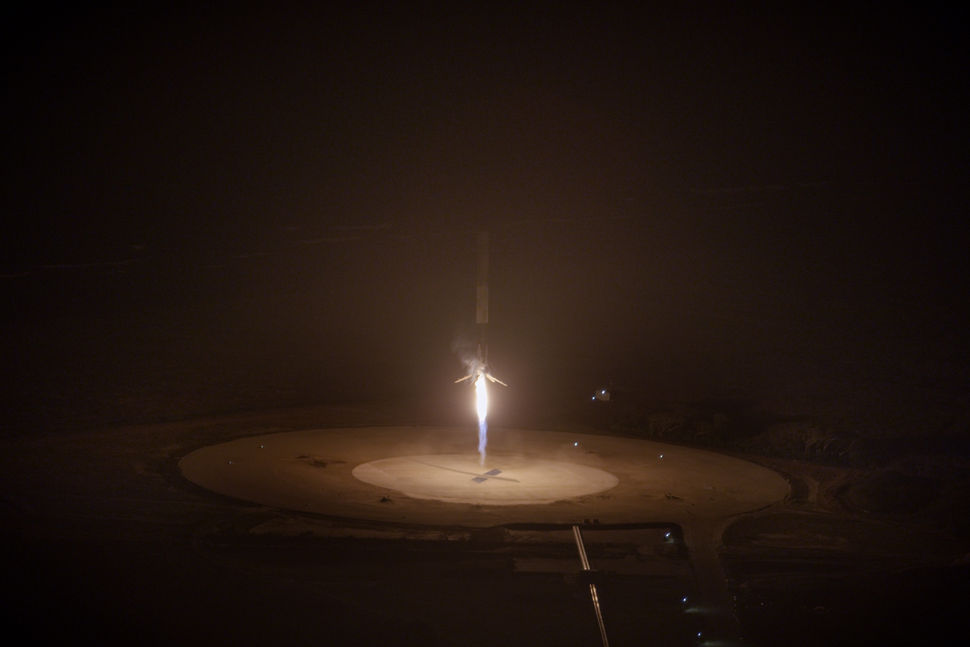
First illustration shows the path of Blue Origin New Shepard compared to the SpaceX Falcon 9. The New Shepard was on a parabolic arc and barely crossed the line into space. The Falcon 9 went far higher, carried a large load of satellites (11 exactly), reversed course, changed reentry angle, and then nailed the landing. Illustration includes when the engines were firing which shows two firings for the New Shepard compared to four burns for Falcon 9.
A tweet from Elon Musk on 11/24 gives a hint of the different order of magnitude of the challenge:
Getting to space needs ~Mach 3, but GTO orbit requires ~Mach 30. The energy needed is the square, i.e. 9 units for space and 900 for orbit.
That introduces the second illustration, which is the relative size of the boosters. There are roughly the same diameter, with the Falcon 9 about four times as tall. The New Shepard is only slightly taller than the length of the folded landing legs on the Falcon 9. Illustration indicates the difference in weight is about 40 tons versus about 460 tons.
Both companies made a great achievement.
The companies are in a race against each other. Competition is so wonderful. Both companies will be better than they would have been without the competition.
Speaking of competition…
Behind the Black discusses the real competition is Musk vs Bezos vs Branson. Article highlights who is actually competing with whom now and who will be competitors on a long-term basis.
The article gives far more detail than I want to go into. The point is this is a long race.
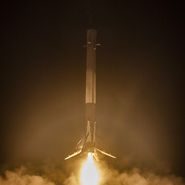
1/1 – Behind the Black – Recovered Falcon 9 first stage undamaged – Elon Musk sent a tweet that an inspection of the Falcon 9 booster indicated it had no damage.
This is a really, really big deal. Reusing a booster saves a tremendous amount of the cost of a launch.
Here is a rough glance at the economics of a launch:
- $70M – price charged to customer
- $60M – cost
- $0.2M – fuel costs
A commenter of the site provides additional cost information based on his assumptions:
- $70M – revenue
- $60M – cost
- $42M – cost a first stage, based on assumption of 70% of the total cost is for that alone
- $ 1M – cost to refurbish the first stage
Based on those assumptions and his spreadsheet, he expects it would take four launches to cut the cost in half. At the 20th launch the average cost per launch is relatively stable.
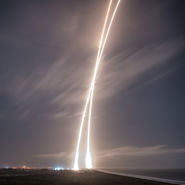
ULA places order for bunch of Russian engines
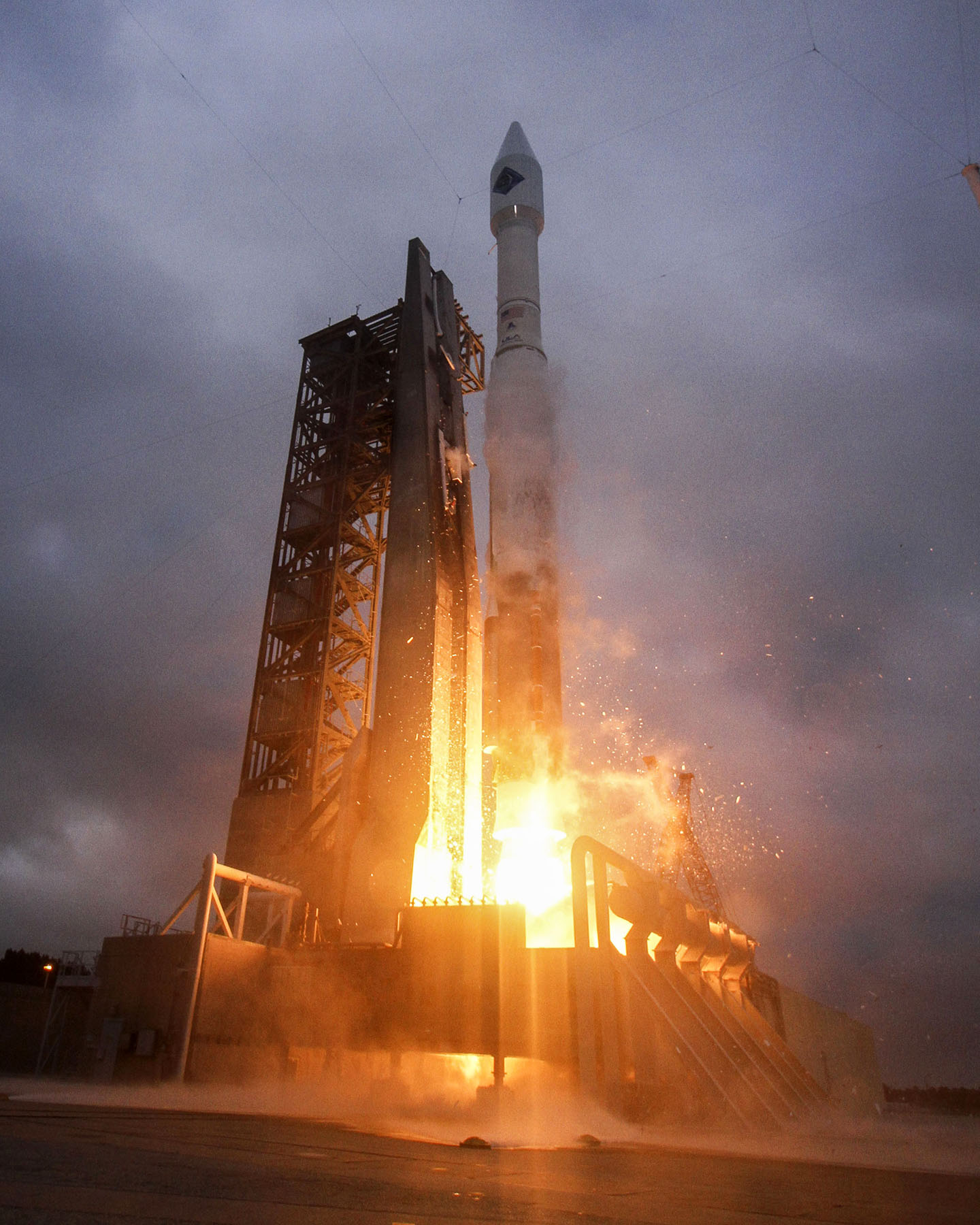
ULA puts 20 engines on order. I previously mentioned that Congress removed the ban on United Launch Alliance (ULA) buying more Russian rocket engines for their Atlas 5 rocket. They quickly got a contract lined up as reported by SpaceDaily.com: Russia to Deliver 20 RD-180 Engines to US for Atlas 5 Carrier Rockets.
The 20 engines will be delivered through 2019, or over the next three years.
Each Atlas 5 rocket is powered by one of the Russian engines. There have been 60 Atlas 5 launches since first deployment in August 2002. At that rate of about 4.5 launches per year, 20 more engines would last about 4 or 5 years.
ULA press release announcing the purchase is here. Announcement says this is a bridge purchase until an American made booster is developed, tested, and placed in service.